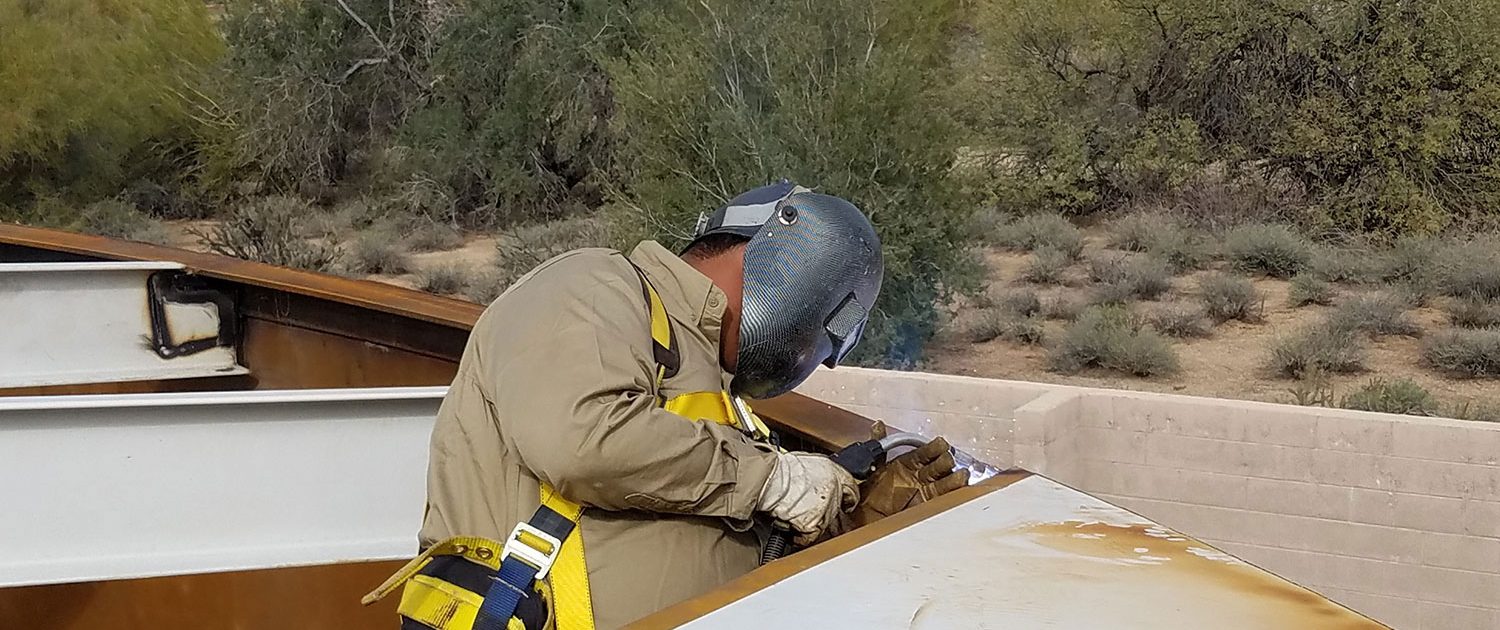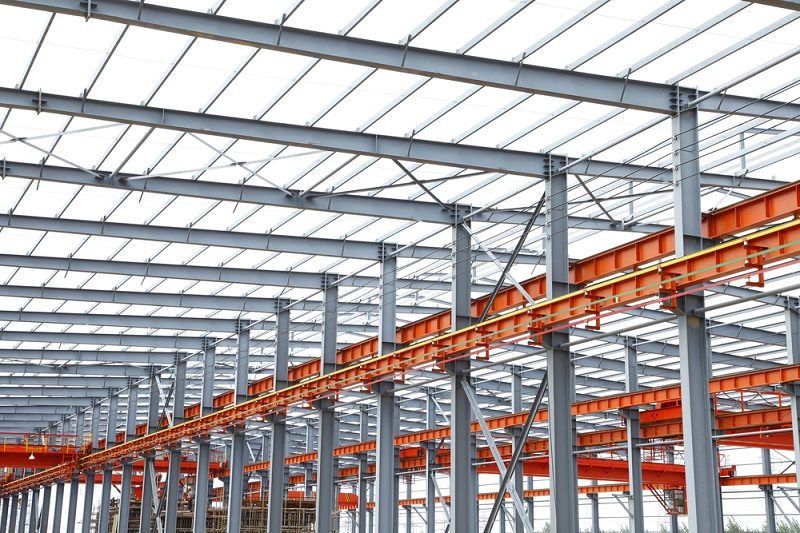Alpha Reo: Leading the Way in Reinforced Steel Solutions
Alpha Reo: Leading the Way in Reinforced Steel Solutions
Blog Article
Cutting-edge Trends in Steel Fabrication: Enhancing Longevity and Precision
In the world of steel fabrication, the quest of resilience and precision has actually led to a wave of cutting-edge trends that are reshaping the sector. These trends are not just forming the present yet also laying the groundwork for the future of steel construction, promising further improvements in toughness and accuracy.
Advanced Welding Technologies
In the world of steel manufacture, the adoption of advanced welding innovations has actually substantially reinvented the sector's approach to achieving remarkable quality and accuracy in structural welds. Advanced welding technologies, such as laser light beam welding and rubbing stir welding, have actually arised as game-changers in the area. Laser light beam welding utilizes a focused laser beam to join metal components with amazing precision and rate, making it optimal for thin products and elaborate layouts. On the various other hand, friction mix welding produces extremely solid bonds by mechanically intermixing the molecules of the materials at the joint, getting rid of the requirement for thawing the steel. These technologies offer countless advantages, consisting of minimized heat-affected zones, very little distortion, and enhanced mechanical homes in the welded joints. By leveraging these sophisticated welding methods, steel producers can elevate the longevity, toughness, and precision of their architectural welds, satisfying the progressively requiring needs of modern-day building jobs.
Robotic Automation in Construction
Embracing robot automation has become a keystone of contemporary steel construction techniques, enhancing and simplifying procedures performance across the sector. Robots are revolutionizing the method steel parts are produced, offering unrivaled accuracy and rate while decreasing human mistake. These automated systems can take care of recurring jobs with regular precision, resulting in greater top quality end items.
One secret advantage of robotic automation in steel construction is the ability to work all the time without tiredness, substantially enhancing production outcome. This continuous procedure minimizes downtime and increases job timelines, eventually saving costs for manufacturers. In addition, robots can be programmed to do complex tasks that may be dangerous or tough for human employees, improving security in the office.
Additionally, robot automation makes it possible for smooth assimilation with other electronic technologies, such as computer-aided design (CAD) software application and Web of Points (IoT) systems (steel fixing). This interconnected method enhances communication between various phases of construction, maximizing process and ensuring real-time monitoring and control. As the steel construction industry remains to advance, robotic automation sticks out as a transformative force driving performance and accuracy in making procedures

High-Strength Alloy Development
The development of high-strength alloy growth in steel manufacture is reshaping the market's technique to improving product sturdiness and efficiency. High-strength alloys are crafted to exhibit remarkable mechanical residential or commercial properties, such as enhanced tensile stamina, sturdiness, and corrosion resistance compared to typical steel grades. By integrating these advanced alloys into construction procedures, makers can create parts that hold up against higher tension degrees and severe settings, leading to even more reputable and sturdy output.
One trick advantage of high-strength alloy growth is the ability to decrease material thickness without compromising architectural integrity. This not only results in lighter-weight components yet likewise adds to cost financial savings and improved effectiveness in construction and assembly processes. The check here boosted strength-to-weight proportion of these alloys permits for the layout and building of structures with greater load-bearing capabilities while reducing total weight.
3D Modeling and Simulation Software Application
Advancements in steel manufacture procedures have actually been considerably driven by the integration of cutting-edge 3D modeling and simulation software tools. These tools enable producers to create detailed virtual designs of their tasks, enabling them to envision the last product with accuracy prior to any type of physical job begins.

Sustainable Practices in Steel Manufacturing
Integrating sustainable techniques right into steel manufacturing procedures is essential for reducing environmental effect and ensuring long-lasting resource schedule. One vital lasting practice is the adoption of energy-efficient modern technologies to lower greenhouse gas exhausts during the steel production procedure. This consists of utilizing renewable energy resources, such as solar or wind power, to power steel plants and applying energy-efficient tools to enhance energy use.
An additional vital element of lasting steel manufacturing is the responsible sourcing of raw materials. This involves making sure that the iron ore and other resources used in steelmaking are obtained from eco pleasant and honest sources. By advertising transparency in the supply chain and adhering to Your Domain Name stringent environmental requirements, steel suppliers can reduce the adverse effects of source extraction on neighborhood ecological communities and neighborhoods.

Verdict
In verdict, the cutting-edge trends in steel construction such as innovative welding innovations, robot automation, Web Site high-strength alloy advancement, 3D modeling and simulation software application, and lasting methods are improving the sturdiness and precision of steel items. These developments are changing the steel construction sector by enhancing quality, sustainability, and performance. It is clear that the future of steel construction exists in embracing these cutting-edge innovations to meet the needs of modern construction and production industries.
In the realm of steel fabrication, the search of toughness and precision has actually led to a wave of ingenious fads that are improving the market.In the world of steel construction, the fostering of cutting-edge welding modern technologies has significantly transformed the market's method to accomplishing premium high quality and precision in architectural welds. As the steel fabrication sector continues to evolve, robot automation stands out as a transformative pressure driving effectiveness and precision in producing procedures.
In addition, recycling and reusing steel scrap and waste products play a substantial duty in improving the sustainability of steel production. steel fixing.In verdict, the innovative trends in steel construction such as sophisticated welding technologies, robotic automation, high-strength alloy development, 3D modeling and simulation software application, and sustainable practices are improving the longevity and accuracy of steel products
Report this page